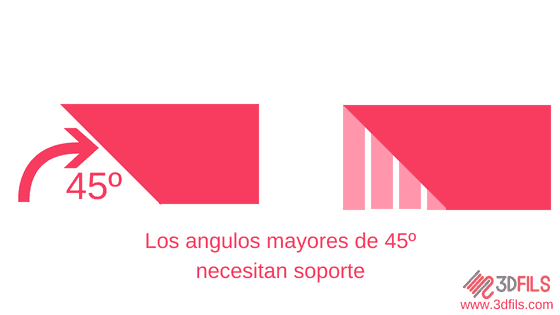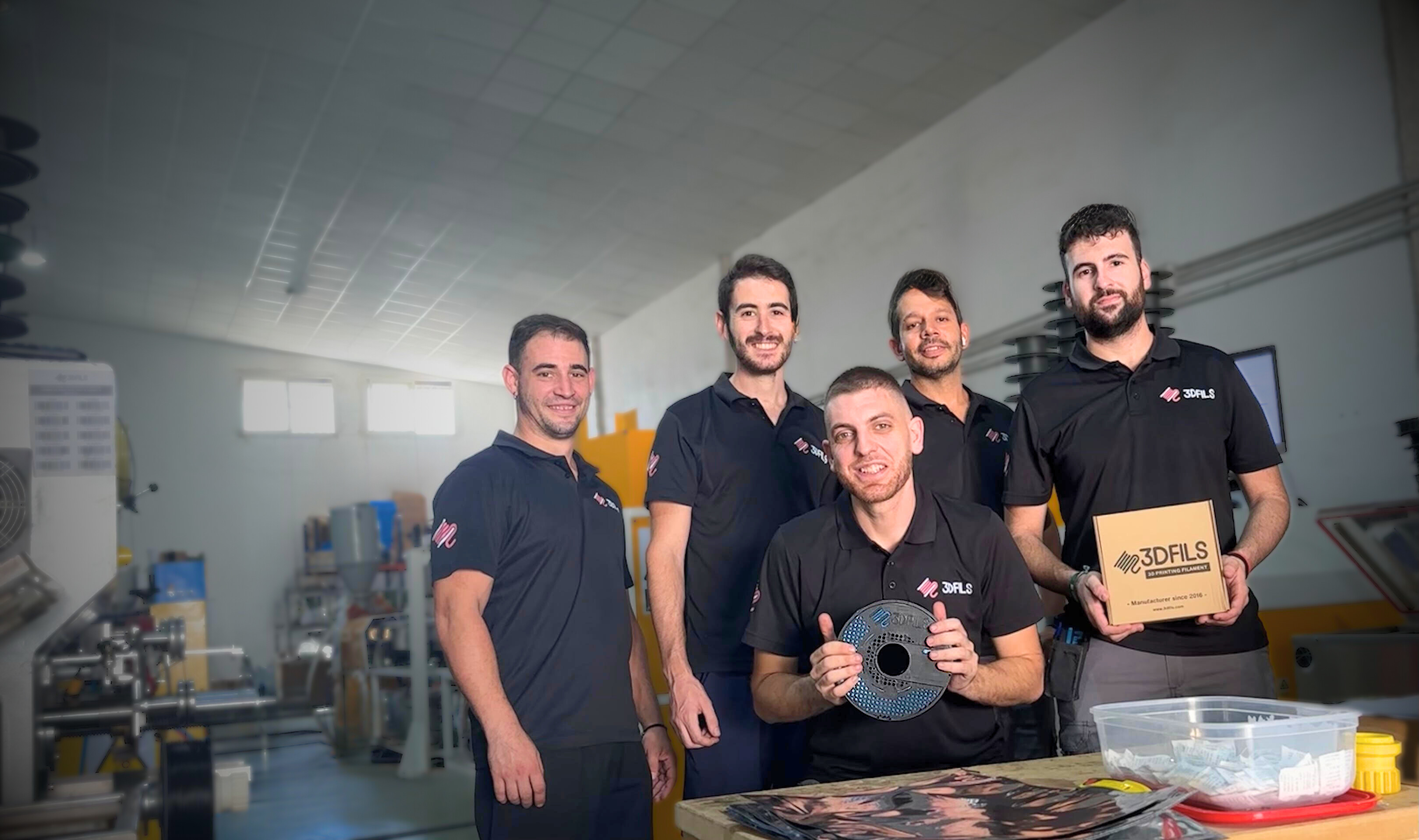How to dry 3D filaments?
The materials used for FDM 3D printing are known as polymers. One of the properties that these polymers have in common is that they are hygroscopic, that is, they can attract, to a greater or lesser extent, moisture from their environment and incorporate it into their molecular structure. This modifies its composition and can cause a 3D printing filament to not behave as it should.
How to prevent humidity in 3D printer filaments?
At 3DFils we are aware of the problems that a wet filament can cause. That is why we provide our filaments vacuum packed in metalized bags with silica gel inside. Even so, you should know that once the filament is opened, it can absorb enough moisture to render it unusable within 24 hours, depending on the material.
To avoid this, you must store the filaments correctly, in a container isolated from the outside and with a desiccant that absorbs ambient humidity. There are professional solutions for this and some that you can make yourself.
How do you know if the 3D filament has absorbed moisture?
The clearest sign that a 3D printing filament has absorbed moisture is that you will begin to see a poor aesthetic finish on your printed pieces. Gaps, dripping material, excess threads... are some of the most common problems that a wet filament can cause.
Some filaments are more sensitive to humidity than others, so the effect you may notice will be different. In PLA, you will see that the material becomes more brittle. In PETG you will notice an excess of threads running through all the points where the extruder of your 3D printer has passed and poor adhesion between layers. What is common to all materials is the poor aesthetic finish of the pieces.
Should I dry the 3D filaments before each print?
It depends on the material you are going to use and the quality you need for your pieces. For a good finish the answer is clear, yes, you must always dry the material before printing any piece. This does not apply if you already keep the material dry. As a general rule, you should always print with your 3D printing filament dry.
Now, there are materials that are more demanding than others. You can print PLA even if it has accumulated some moisture and you probably won't notice any difference. Other materials such as PETG, TPU or Nylon are more sensitive to humidity. Working with these materials you will not be able to obtain good results if you do not print with the filament completely dry.
How to dry 3D printer filament?
Below we provide a table with the recommended temperatures and drying times for each material:
| Material | Temperature | Time |
| PLA | 45ºC | 6 hours |
| TPU | 60ºC | 8 hours |
| PETG | 60ºC | 6 hours |
| ASA | 85ºC | 4 hours |
| PC | 85ºC | 5 hours |
| PA | 90ºC | 6 hours |
To dry the filament you can use:
- Dryingr of filaments: There are devices designed specifically for this function. These not only dry your filament but keep it in optimal condition for printing. Some can even be used at the same time as printing.
- Oven:It is possible to dry the filaments in a domestic oven. If you are going to use it, you must insert an external thermometer to ensure that the temperature is correct, since the fluctuations of these appliances can damage the material.
- Food Dehydrator: It is possible to use a food dehydrator to dry your 3D filament. Make sure the working temperature of the dehydrator is appropriate for the material you want to dry.
Once dry, keep the filament well stored.


_1.gif)
_1.png)
